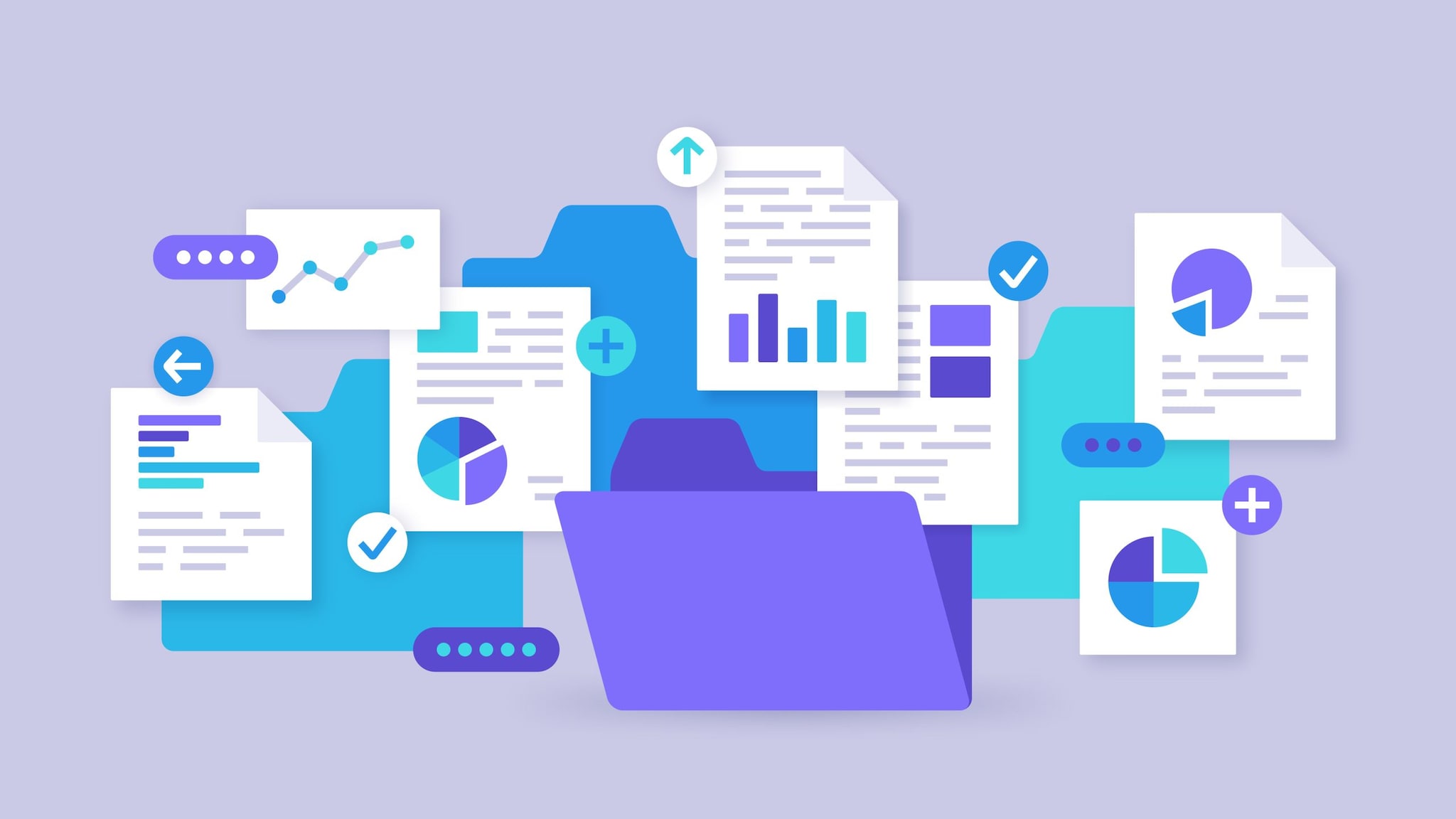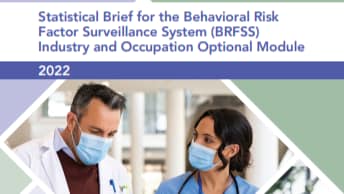What to know
- Worker health and safety surveillance examines changes in work-related injuries, illnesses, and exposures, over time.
- At NIOSH, we assess trends by job and industry to monitor current concerns and identify emerging issues.
- We offer tools and guidance for state health departments and other researchers to improve their surveillance activities.

What is public health surveillance
Researchers use surveillance data to identify emerging concerns and monitor trends.
Public health professionals use occupational surveillance data to identify and monitor work-related health and safety concerns.

Why it's important
Researchers need public health surveillance data to assess changes in work-related illnesses and injuries. These data help:
Identify emerging problems
Surveillance data monitors changes in worker health and safety.
Guide interventions
By examining trends, we can gauge whether an intervention is working to reduce an illness, injury, or exposure. We can also measure how effective a prevention activity is.
Direct further studies
If a surveillance study identifies a concern, further research may be needed. For example, an epidemiological study can be done to better examine whether a hazard is linked to an illness or injury.
Surveillance data sources
Federal, State, and private industry partners regularly collect and provide us with the data we use in our surveillance studies. The data are collected in an ongoing, systematic way. They provide current information about injuries and illnesses occurring among workers in different jobs and industries.
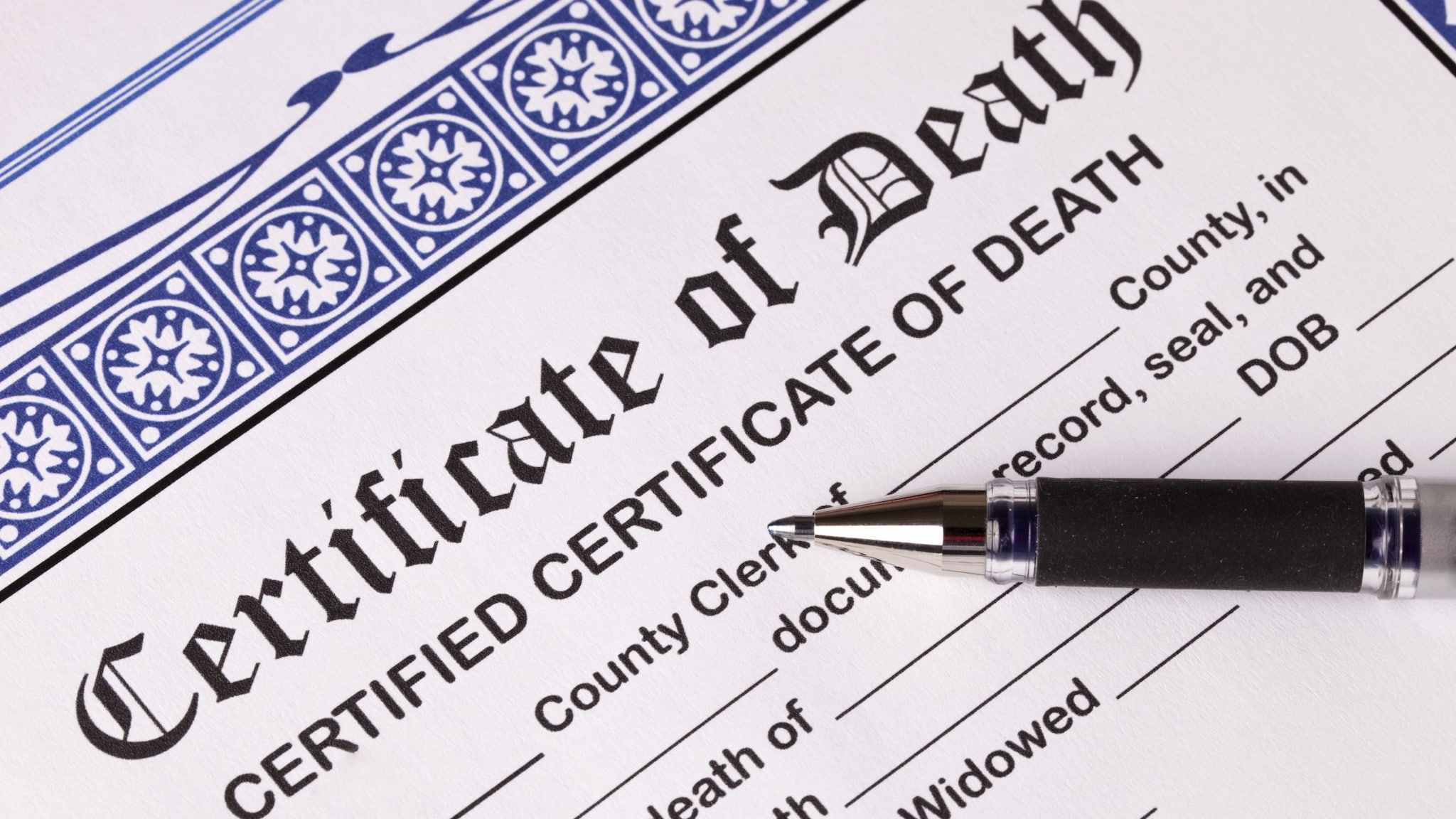
Some examples of data sources include:
- Death certificates
- National surveys
- Case reports of infectious diseases and exposures
- Hospital discharge data
- Disease registry data
- Workers' compensation data
- Ongoing studies
Occupation and industry data
The following resources offer information about occupation and industry data and offer tips to collect and use different surveillance data sources.
Current initiatives
The following lists our work-related surveillance activities by category.
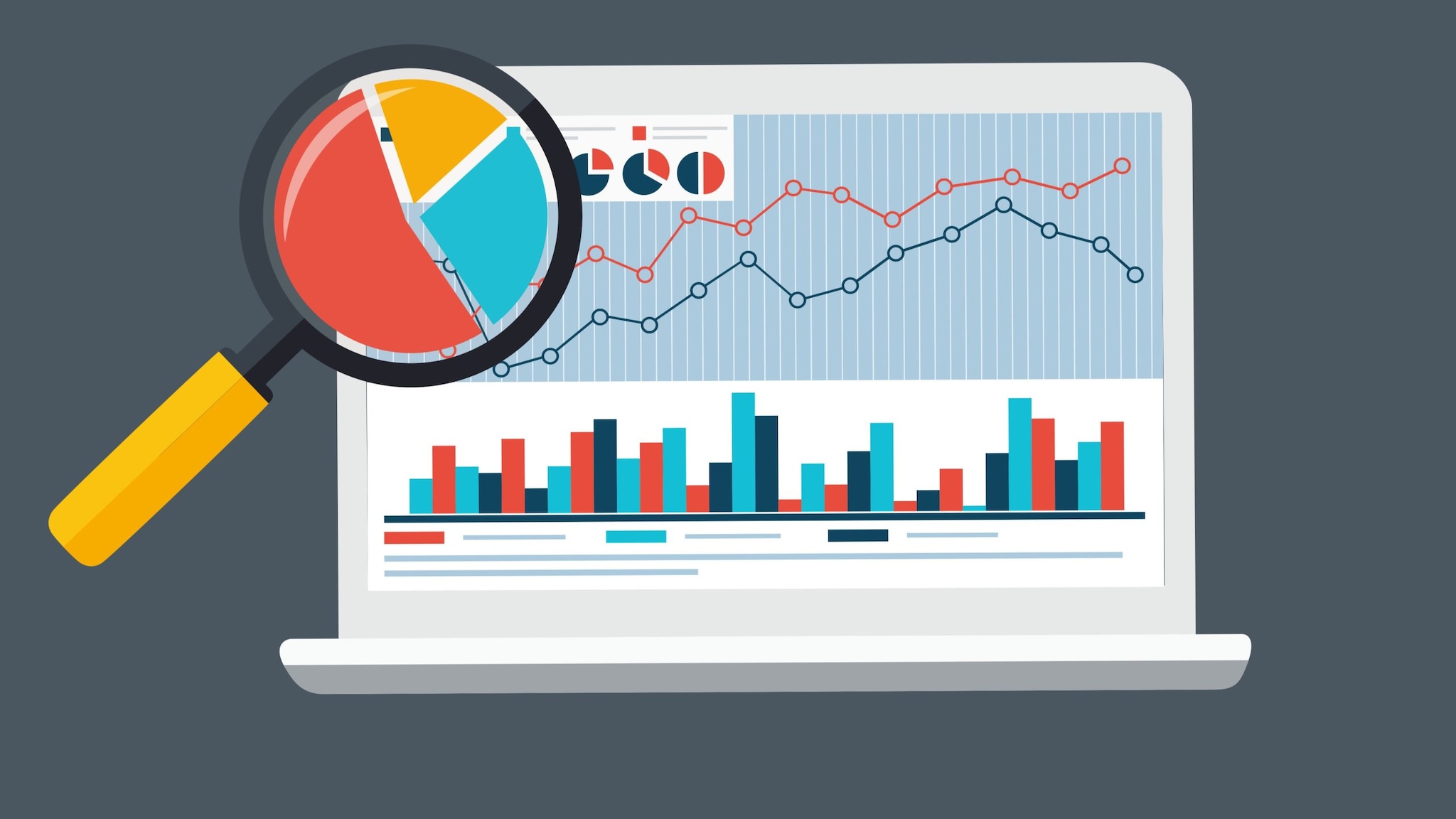

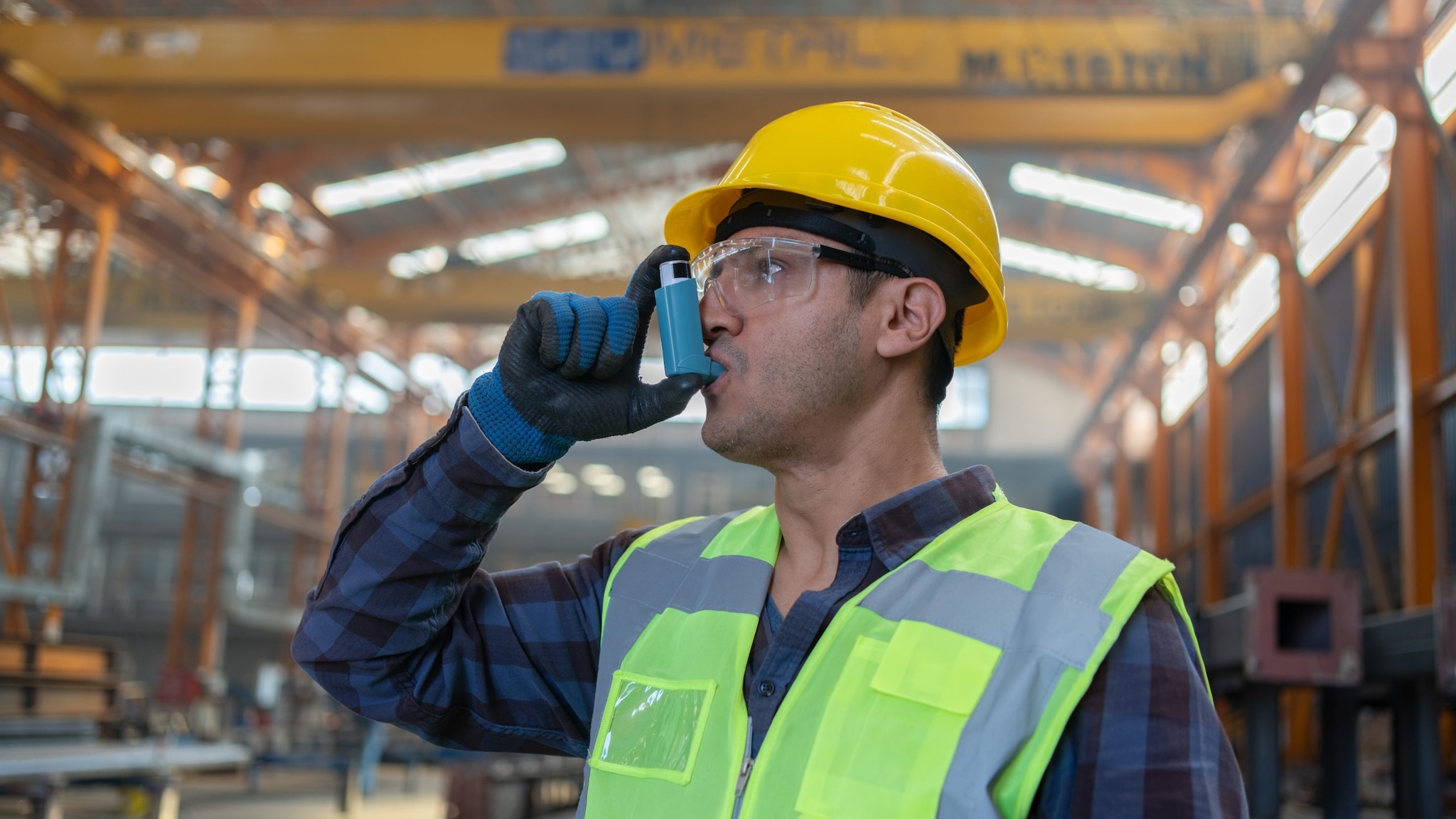
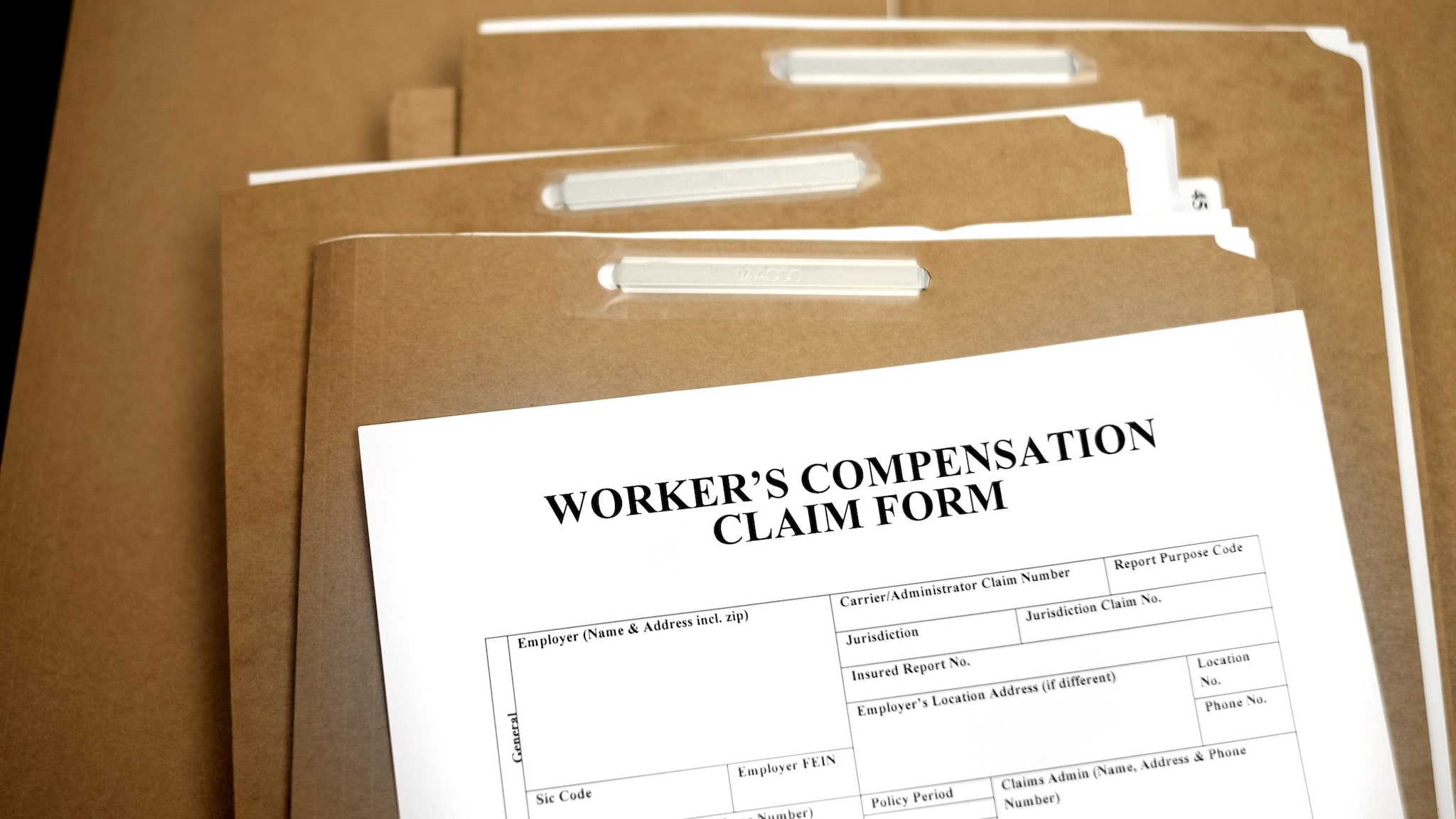
- "Employed" is defined as being employed for wages, self-employed, or out of work for less than one year at the time of their interview.
- Note: the sample size varies by year and which states participate.

